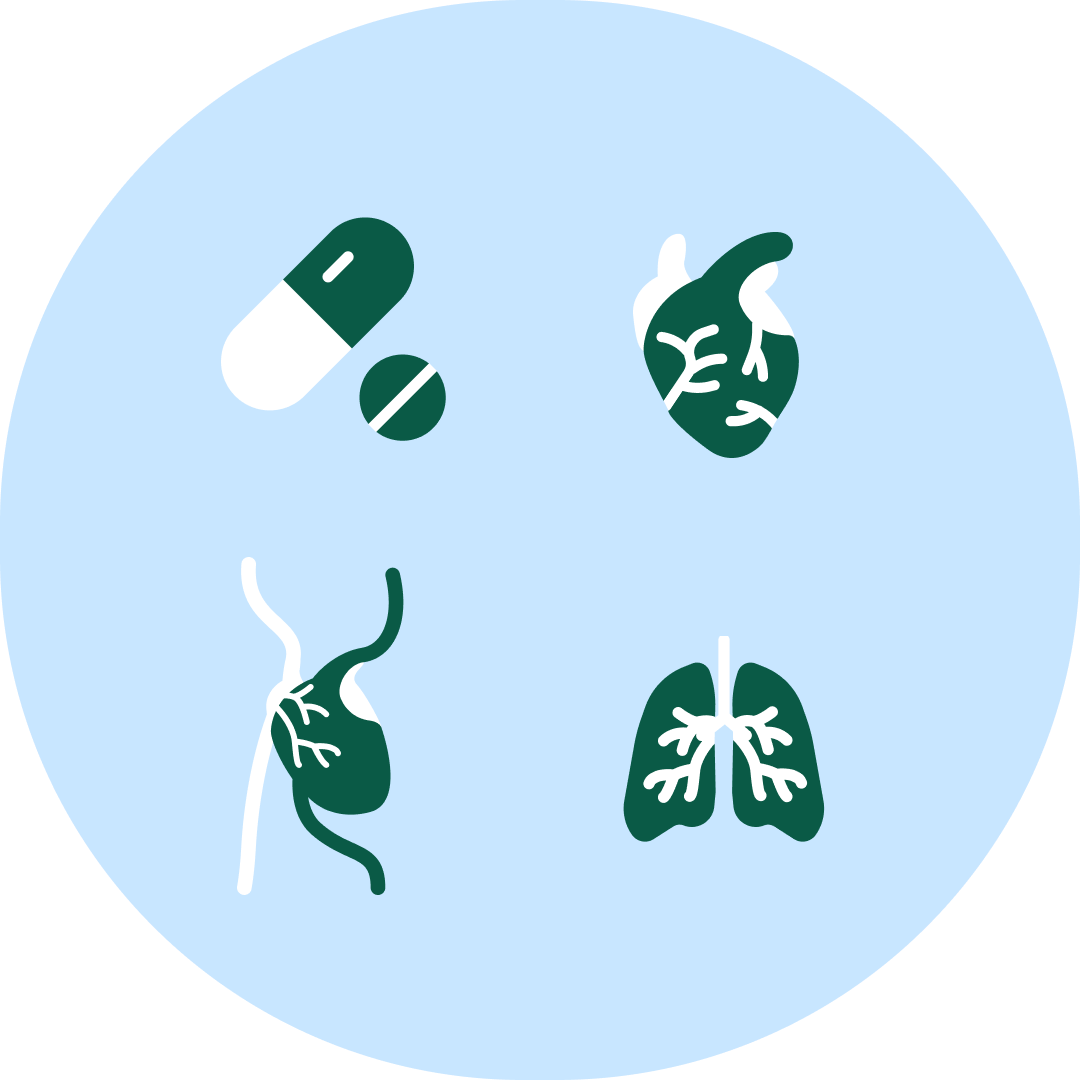Congress Newsletter 2024
Safety is priceless when it comes to protecting the developing brain

How often is surgery in young children safe? Participants may find out by attending the spotlight session focused on the management of paediatric patients on Monday, May 27, at Euroanaesthesia 2024.
Children under the age of 15 years make up nearly one-third of all patients who undergo general anaesthesia every year.1 Many of these patients are very young children, whose ranks have continued to swell after the development of fetal surgical techniques. Nadia Najafi, MD, PhD, a paediatric anaesthesiologist at the University Hospital Brussels, in Belgium, will discuss the impact of repeated surgery and anaesthesia on brain development in childhood.
“Assessing, recognising, and managing anaesthesia risks are fundamental to establishing a safe anaesthetic approach in children,” Najafi said during a session at the Focus Meeting in November 2023. Some risks, such as sore throat, airway reactivity, or hypoxic events are immediately visible, while others may have long-term consequences that are harder to identify right away. Among these, the neurotoxicity induced by general anaesthetics in the developing brain remains a major concern.
Most anaesthetic agents bind to the gamma-aminobutyric acid (GABA) or N-methyl-D-aspartate (NMDA) glutamate receptors and can potentially affect neuronal apoptosis and synaptogenesis in a developing brain. Early studies involving animal models suggested that postnatal exposure to drugs that block NMDA receptors may be involved in the pathogenesis of neurodevelopmental disorders.2 Later studies showed that exposure to nitrous oxide, isoflurane, and midazolam caused long-term neurobehavioral deficits in learning, memory, and spatial discrimination in neonatal animal models. In 2007, the U.S. Food and Drug Administration issued a warning stating that a safety signal has been identified in animals for many agents used to provide anaesthesia and sedation. However, experts cautioned that the relevance of the animal findings to paediatric patients was unknown, noting that the need to provide sedation and anaesthesia cannot be overlooked in some situations. The risk of neurotoxicity induced by anaesthetic agents in the developing brain may vary from one species to another. Dose, duration of exposure, and frequency may also play a role in this mechanism. Moreover, in humans, neurodevelopment is shaped by many variables, including family dynamics, education, environment, and anxiety associated with hospitalisations.
Is there clinical evidence that agents used in general anaesthesia induce neurotoxicity in the developing brain? Several retrospective, multisite studies assessed the relationship between exposure to common anaesthetic agents at a young age and neurodevelopmental problems in later childhood. In those studies, investigators assessed metrics such as developmental delay, learning difficulties, language and cognitive impairment, and academic achievement, as well as the development of autism spectrum disorders and behavioral issues.
However, estimating the risk of neurotoxicity associated with single and multiple exposures to anesthetic agents represents a challenge, Najafi noted. Neurotoxicity is likely a multifactorial phenomenon. Many contributing factors, such as surgery-related complications, may affect the etiology and severity of neurotoxicity that young patients may experience in the aftermath of surgical care. “The perioperative period is a sequence of complex events that are related to the patient’s anaesthesia and surgical characteristics, each of which may make paediatric anaesthesia practices challenging and may affect neurocognitive outcomes,” Najafi said.
Preoperative neurocognitive and developmental assessment and standardised follow-up evaluations are important tools for differentiating between neurotoxicity associated strictly with the use of anaesthetic agents and the deficits caused by procedural complications. Other factors that may affect neurocognitive outcomes include comorbidities, socio-environmental factors, and prolonged hospitalisation. Identification of the phenotypes that are vulnerable to developing neurocognitive abnormalities after anaesthesia is one strategy that may mitigate anaesthesia-associated risks in paediatric anaesthesiology.
Laszlo Vutskits, MD, PhD, the Director of Paediatric Anaesthesia at University Hospitals of Geneva, in Switzerland, will provide an overview of biological and clinical data related to the vulnerability of the developing brain to anaesthesia. The speaker will address the tradeoff between the benefits of necessary early-life surgery and the potential negative effects of anaesthesia in the first few years of life, and the role of the anaesthesiologist and the clinical team in preventing neurologic sequelae.
References:
- Bartels DD, McCann ME, Davidson AJ, et al. Estimating pediatric general anesthesia exposure: Quantifying duration and risk. Paediatr Anaesth 2018;28(6):520-527.
- Ikonomidou C, Bosch F, Miksa M, et al. Blockade of NMDA receptors and apoptotic neurodegeneration in the developing brain. Science 1999;283(5398):70-4.










